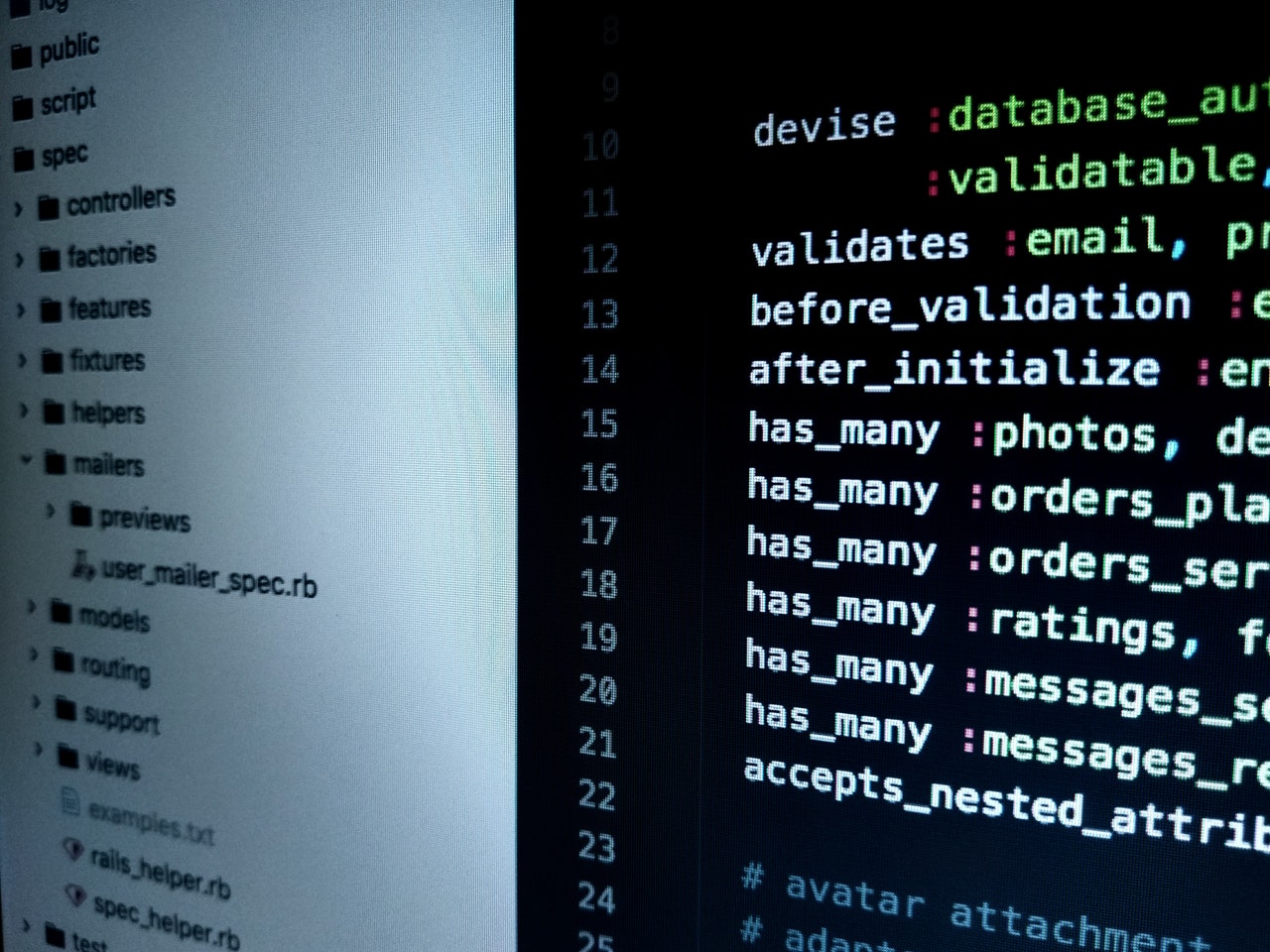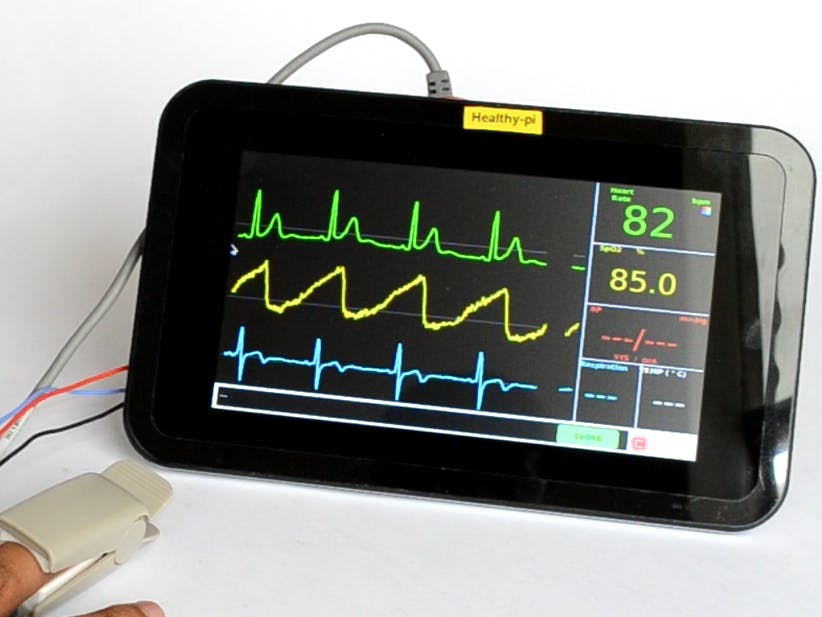The Dearth of Modern Open-Source Medical Software: Causes and Implications
The last decade has seen a stagnation in the development of new open-source medical software, such as Electronic Medical Records (EMR), Electronic Health Records (EHR), Patient Management Systems, and Digital Imaging, Communications in Medicine (DICOM) and PACS applications.
This trend is curious, especially given the rapid advancements in technology and the growing need for innovative healthcare solutions.
Let's explore the reasons behind this phenomenon and the reliability of older open-source medical software.
The Golden Era of Open-Source Medical Software
About 10-20 years ago, there was a surge in the development of open-source medical software. Projects like OpenEMR, OpenMRS, and OsiriX DICOM viewer gained popularity for their affordability and customization options.
These platforms provided a foundation for healthcare providers to manage patient data without the hefty price tag of proprietary software.
Are They Still Reliable?
While many of these older systems are still in use, their reliability is increasingly in question.
The primary concerns are compatibility with new hardware, adherence to evolving healthcare regulations, and the ability to integrate with other modern systems. However, some have managed to remain relevant through community-driven updates and adaptations.
The Decline in New Open-Source Medical Software Development
Several factors have contributed to the decline in the development of new open-source medical software in the last decade:
1. Complexity and Specialization of Healthcare IT
The healthcare IT sector has become increasingly complex, requiring specialized knowledge in both healthcare and technology.
This specialization makes it challenging for open-source communities, which often rely on volunteer contributions, to keep pace with the evolving needs and regulations of the healthcare industry.
2. Security Concerns and High Stakes
Healthcare data is highly sensitive, and the consequences of data breaches can be severe. In recent years, there have been numerous incidents of cybersecurity attacks on healthcare systems:
- Ransomware Attacks: Hospitals have been targeted by ransomware, leading to disrupted patient care and financial losses.
- Data Breaches: Unauthorized access to patient data has raised serious privacy concerns.
These security challenges demand robust and constantly updated solutions, which can be difficult for open-source projects to provide due to limited resources.



3. Regulatory Compliance
Healthcare software must comply with stringent regulations like HIPAA in the US and GDPR in Europe.
Ensuring compliance in an open-source project, where development and maintenance are decentralized, is a significant challenge.
4. Funding and Resource Allocation
Most open-source projects depend on donations or volunteer work. In contrast, proprietary software companies invest heavily in development, marketing, and customer support, which open-source projects struggle to match.
5. Integration Challenges
Integrating new software with existing systems in healthcare settings is a complex task.
Proprietary solutions often offer better support and guarantees for integration, which open-source projects may not be able to provide.
6. Perception and Trust Issues
There’s a perception in the healthcare industry that open-source software might not be as reliable or secure as proprietary solutions.
This perception, whether accurate or not, influences the adoption of open-source software in sensitive areas like healthcare.
Conclusion
The scarcity of new open-source medical software in the last decade is a multifaceted issue. While older systems have shown resilience, their long-term viability is uncertain in the face of evolving technology and healthcare landscapes.
The complexity of healthcare IT, heightened security risks, stringent regulatory requirements, funding constraints, integration challenges, and trust issues have all contributed to this decline.
Moving forward, the healthcare sector may need to find innovative ways to support and revitalize open-source initiatives to leverage their potential benefits while addressing these critical challenges.



